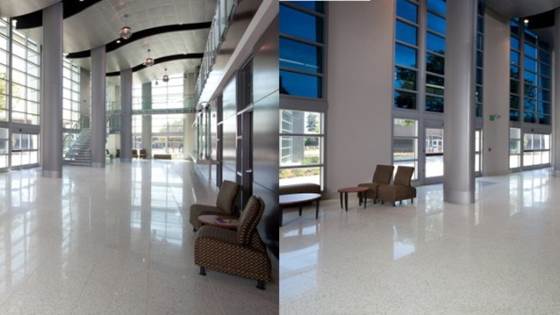
Solar cells in the roof and nanotechnology in the walls
It isn't cars and vehicle traffic that produce the greatest volumes of climate gas emissions – it's our own homes. But new research will soon be putting an end to all that!

It isn't cars and vehicle traffic that produce the greatest volumes of climate gas emissions – it's our own homes. But new research will soon be putting an end to all that!
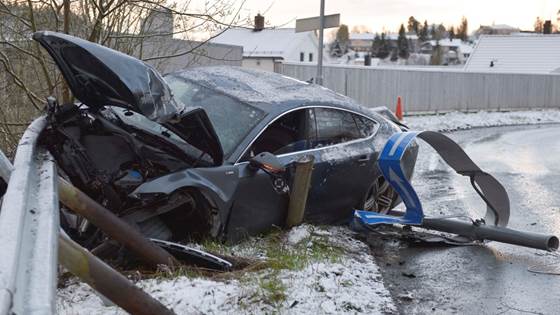
To you and me, this might look like a disaster. But Norwegian ski star Petter Northug’s car crash was actually pretty ideal. The materials in the car and guard rail acted just the way they were designed to in order to save the lives of passengers in...
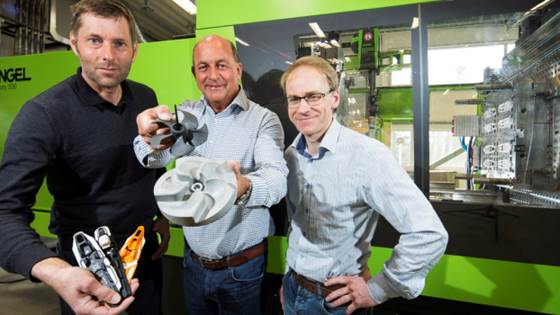
If you want to manufacture single prototypes or small-scale production series, 3D-printed moulds may be the way to go.
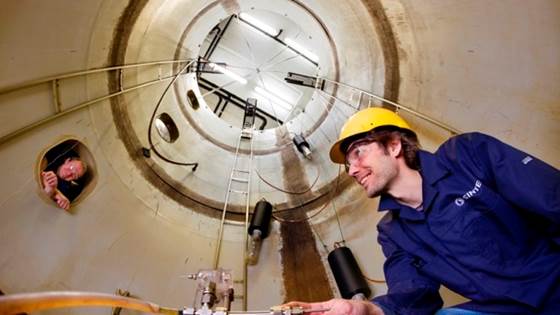
Oil droplets are providing clues about environmental impacts following oil discharges What really happens to the oil that ends up in the sea during a discharge, and how can we minimise the damage?
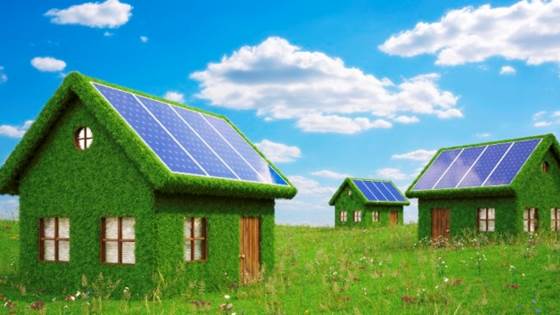
Solar cells will soon become integrated into roofing and exterior facade materials. We will save on construction materials and manpower – and save money on our electricity bills too.
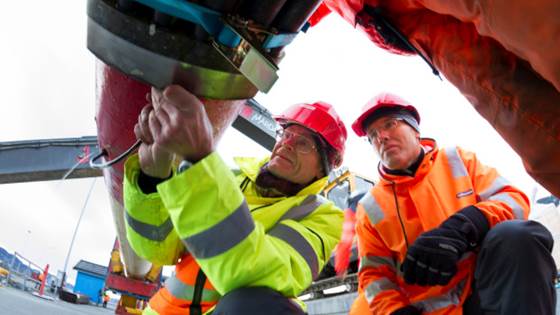
Electronics installed in Norwegian oil pipelines have been tested both at sea and in transport vessel reeling simulations. All that now remains is to install them offshore.
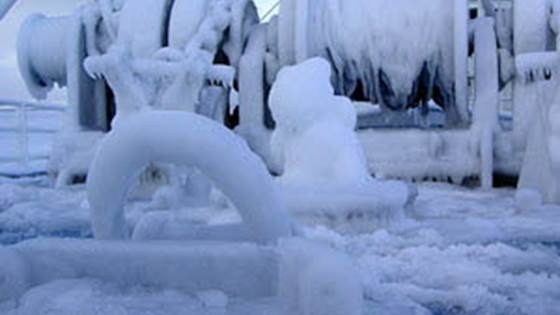
The production of oil and gas at temperatures between 40 and 60 degrees below zero means that researchers must advance the development of materials that can withstand these harsh conditions.
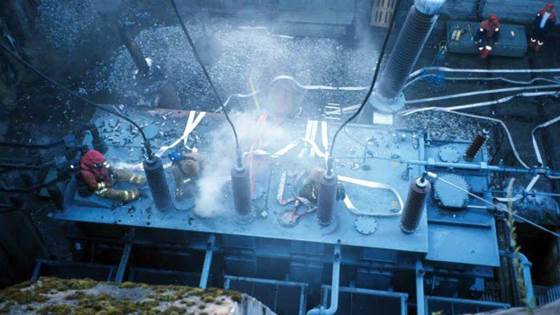
Technology used in the crumple zones of cars can avert serious explosions in transformers, believe researchers.
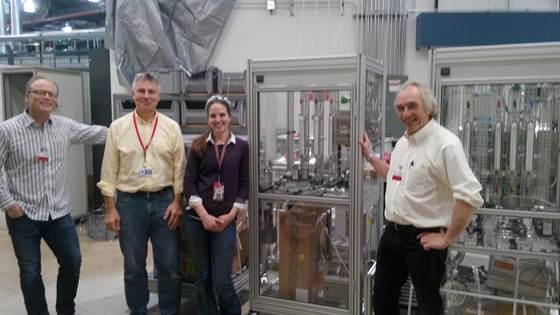
Recently SINTEF and UOP, a leading international supplier of catalysts, installed a test system for controlling the gas and liquid feed for in situ catalyst studies using high-energy synchrotron X-rays at the Advanced Photon Source (APS) at Argonne...